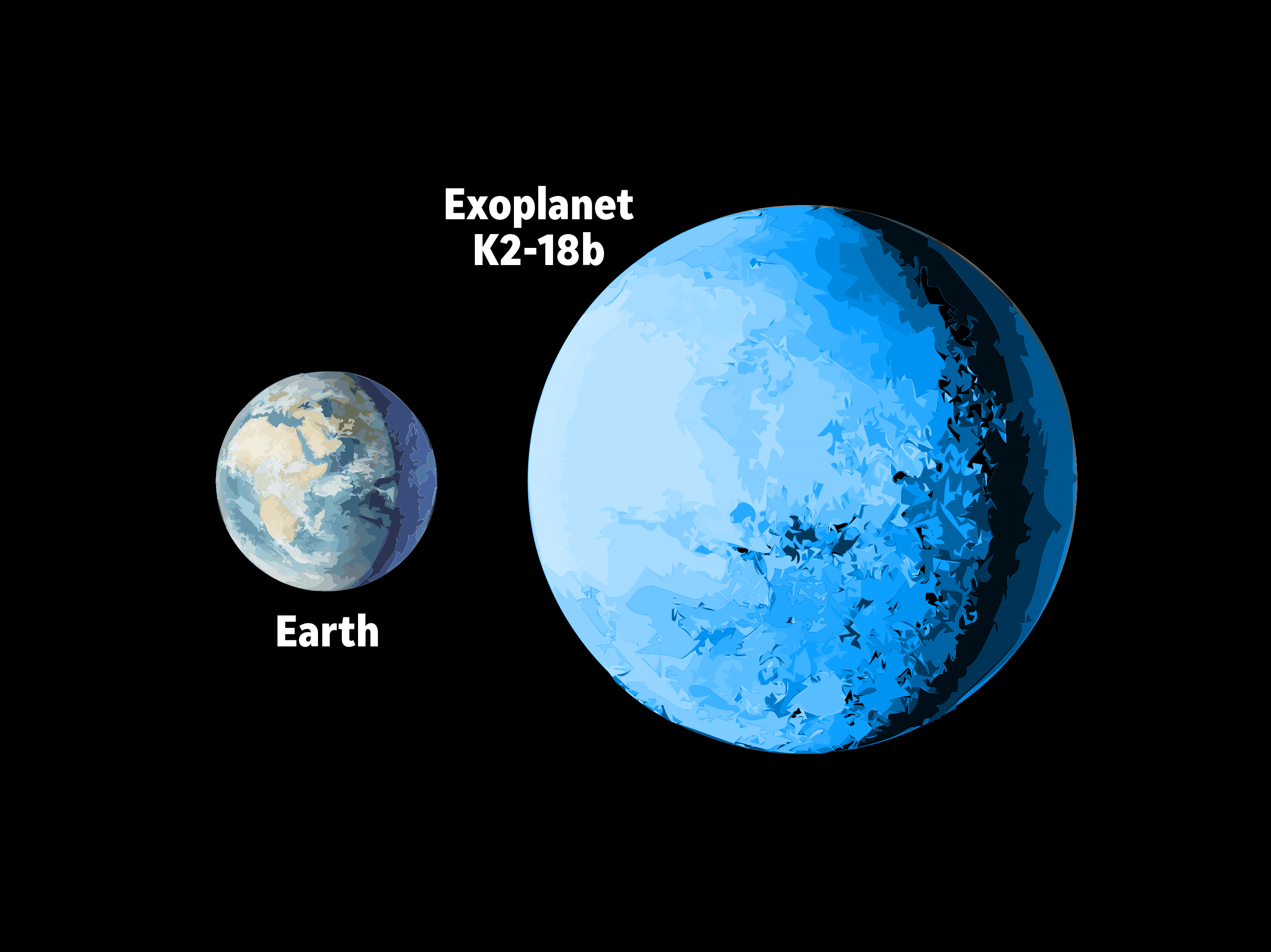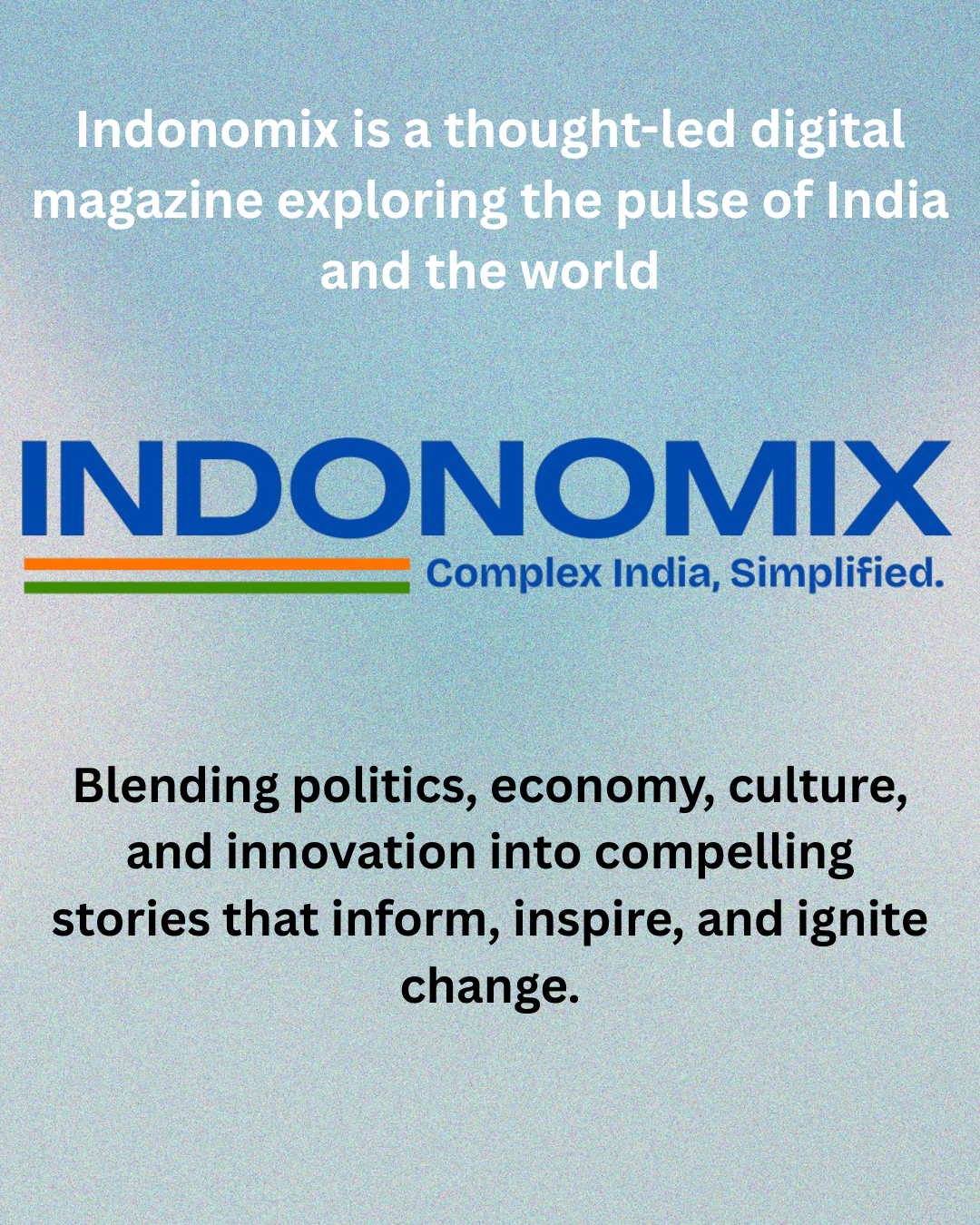Hold onto your telescopes, folks—scientists have picked up some cosmic gossip from K2-18b, a sassy exoplanet chilling 124 light-years away in the Leo constellation. While the Leo star cluster, a galactic rave 330 million light-years out, is usually busy showing off its galaxy evolution moves, K2-18b is stealing the spotlight with what might just be the universe’s hottest microbial mixer.
The “Alien Scent” on K2-18b
The James Webb Space Telescope, aka the universe’s nosiest neighbor, sniffed out dimethyl sulfide (DMS) and dimethyl disulfide (DMDS) in K2-18b’s atmosphere. On Earth, these sulfurous whiffs are like the calling card of microbes who forgot to shower. The scientific community is buzzing louder than a beehive at a pollen party, because this could be the closest we’ve come to catching aliens red-handed—or, well, green-tentacled. Is K2-18b hosting a microbial rave, or is it just some cosmic chemistry pulling a fast one? Stay tuned!
This planet’s no Earth wannabe. K2-18b is a Hycean world, rocking a hydrogen-rich vibe and probably a watery surface that screams “life’s favorite hangout.” It’s 2.6 times Earth’s size, 8.6 times its mass, and orbits a red dwarf star in the Goldilocks zone—where it’s not too hot, not too cold, but just right for liquid water. Think of it as the universe’s trendiest beachfront property.
The Alien and Us: Are We Cosmic Wallflowers?
This potential alien trace is making us rethink our RSVP to the universe’s party. Here’s why K2-18b’s got us shook, with a side of cosmic giggles:
- Worlds Galore: Exoplanets are popping up like cosmic popcorn, and K2-18b’s DMS hint is like finding a kernel that might be alive. Life might not be Earth’s exclusive VIP club after all—time to share the galactic dance floor!
- Habitable, Schmabitable: K2-18b, with its Hycean swagger and red dwarf star, is rewriting the rulebook on “habitable.” Red dwarfs are the galaxy’s most common stars, so if their planets are throwing life parties, the universe might be a lot livelier than we thought. Move over, Earth—Hycean worlds are the new cool kids.
- Alien Vibes: Those DMS and DMDS molecules? They’re like Earth’s microbial mixtape. If K2-18b’s got life, it’s probably microscopic, not little green men zooming around in UFOs. But don’t rule out non-bio culprits—some cheeky chemical reaction could be photobombed. If it is life, we’re dying to know: do alien microbes have better dance moves than ours?
- Cosmic Neighbors: 124 light-years is a hop, skip, and a jump in cosmic terms. Finding potential life in Leo, a constellation we’ve been stargazing at forever, is like discovering your neighbor’s been hosting alien karaoke nights. Suddenly, the universe feels like a small town, and we’re ready to crash the block party.
- Astrobiology’s Glow-Up: This discovery is astrobiology’s moment to shine brighter than a supernova. We need more toys like the James Webb and missions to sniff out alien air. Who knew studying cosmic farts could be so critical?
- Philosophical Facepalm: If aliens are real, it’s time to rethink everything—our egos, our religions, our sci-fi marathons. K2-18b’s whispering, “You’re not that special,” and we’re low-key panicking while updating our cosmic Tinder profile.
Leo’s Star Cluster: The Galactic VIP Lounge
While K2-18b’s hogging the mic, let’s not forget the Leo star cluster, a cosmic hotspot packed with galaxies flexing their star-forming skills and supermassive black hole shenanigans. Finding a maybe-alive planet in this galactic neighborhood is like spotting a food truck at a music festival—it just makes the whole scene cooler. Life might be popping up in all sorts of cosmic corners, not just the quiet suburbs.
Pump the Brakes, Party People
Before we start knitting sweaters for our new alien pals, scientists are throwing some shade: DMS and DMDS aren’t a signed alien lease yet. Could be life, could be a chemical prank. The James Webb’s on the case, ready to deep-dive into K2-18b’s atmosphere and hunt for more clues. Patience, grasshoppers—science moves slower than a sloth on a coffee break.
The Big Picture
K2-18b’s dropping hints that Hycean worlds might be the universe’s go-to spots for life, and atmospheric biosignatures are our golden ticket to finding it. Leo’s now the constellation to watch, like the cosmic equivalent of a reality TV star. Are we alone? K2-18b’s winking at us, saying, “Maybe not, but bring snacks next time.”
This alien tease is hitting us right in the feels. Life in the Leo constellation—a place we’ve been staring at since forever—makes the universe feel like it’s giving us a cheeky nudge. The stars are whispering, and we’re all ears, ready for the next big reveal. Pass the popcorn—this cosmic show’s just getting started!
By Binod Narayan Singh
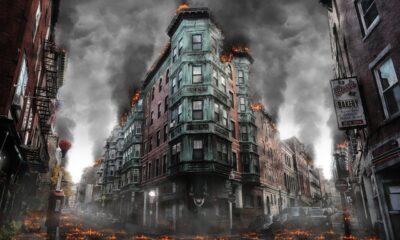
 Business6 days ago
Business6 days ago
 The War Within Us4 days ago
The War Within Us4 days ago
 Politics2 days ago
Politics2 days ago
 Opinion5 days ago
Opinion5 days ago
 News5 days ago
News5 days ago
 Opinion3 days ago
Opinion3 days ago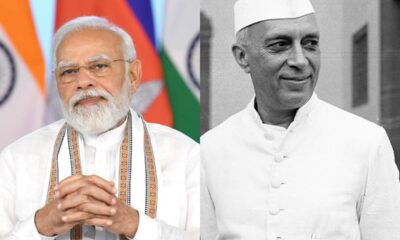
 Politics5 days ago
Politics5 days ago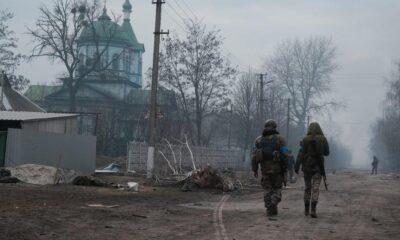
 The War Within Us1 day ago
The War Within Us1 day ago
